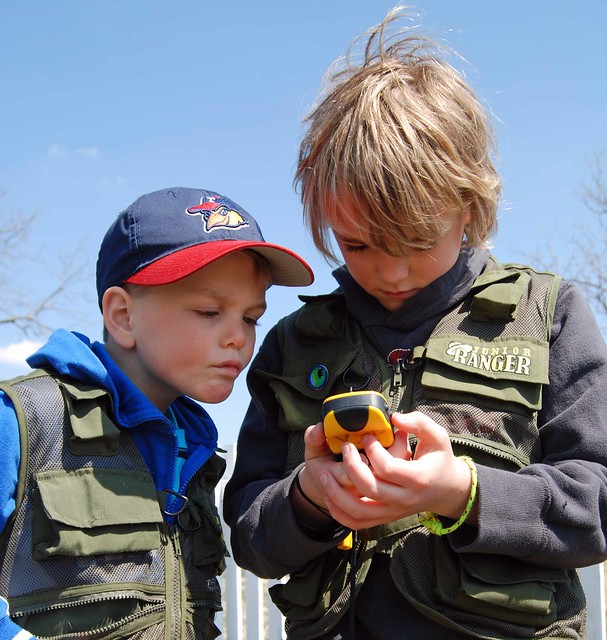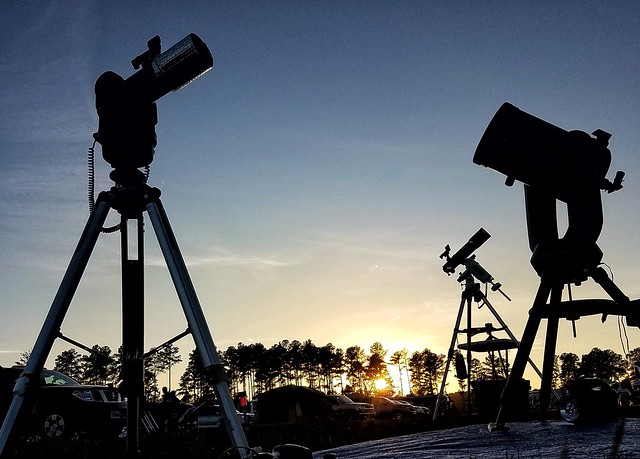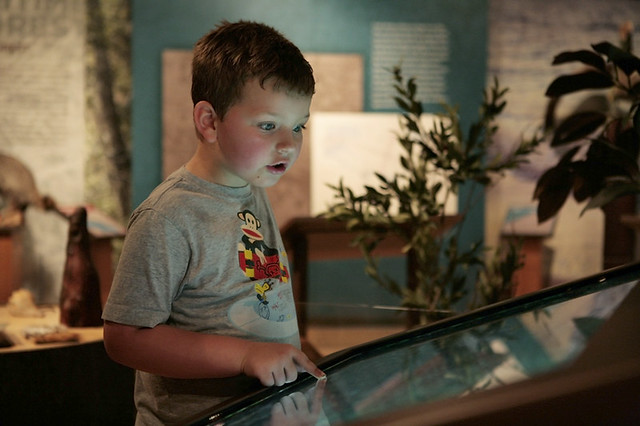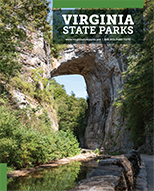Read Our Blogs
SmartParks - Using Data and Technology to Optimize Parks
In October we told you about an exciting partnership with the Virginia Association for Parks and Marstel-Day to find innovative approaches to programming and management in an initiative called SmartParks. You can find the original article here.
Technology can help to engage park guests in exhibit areas
like this example at Lake Anna State Park
The SmartParks agenda consists of four initial opportunities and over the next couple of months we are going to be taking a look at each one.
Opportunity #1-Use data and technology to optimize parks
Identify new interactive applications to enrich user experiences. There is no denying that many park visitors are used to relating to the world through technology. The challenge for us is how do we learn to use technology to relate to these users in a way that they can better enjoy their forays into nature? Many years ago now we embraced geocaching as an activity that bridged these two often-competing worlds. Photography and videography is another way.

Two Junior Rangers focus on the readings on a GPS unit
while Geocaching at Sky Meadows State Park
Develop mobile device applications for data gathering related to park users like times of use, user experience, user input and interests, demographic data. The more we understand our visitors, the better we can meet needs and expectations within our Mission, staff the parks more efficiently, and effectively reach potential visitors through targeted marketing.
Identify opportunities for Internet of Things (IoT) sensors to provide real-time data about air quality, water quality, tide levels, etc. Volunteers are very interested in helping with citizen science projects and these activities could bring dedicated and committed people in the pursuit of scientific exploration to our parks.

Staunton River State Park earned certification as an International Dark Sky Park
and is one example of using technology for scientific study.
This photo was taken at the Fall 2016 Star Party held at the park.
Of course, much of this is dependent on improving cellular and internet services in our parks. We have been working on this area for more than a year and still we see a gulf of services available where our parks are located. Where we have good internet access, we are taking steps to improve visitor access to these services. There currently exists a need to enter partnerships and procure infrastructure and equipment to make this happen. There is also a need to further fund research to investigate how technology can be intertwined with the outdoor recreational experience and be used to enhance the visitor experience to state parks. By pursuing opportunity #1, Virginia State Parks can remain relevant well into the 21st century.
If you have read the article and have a question, please email nancy.heltman@dcr.virginia.gov.
















